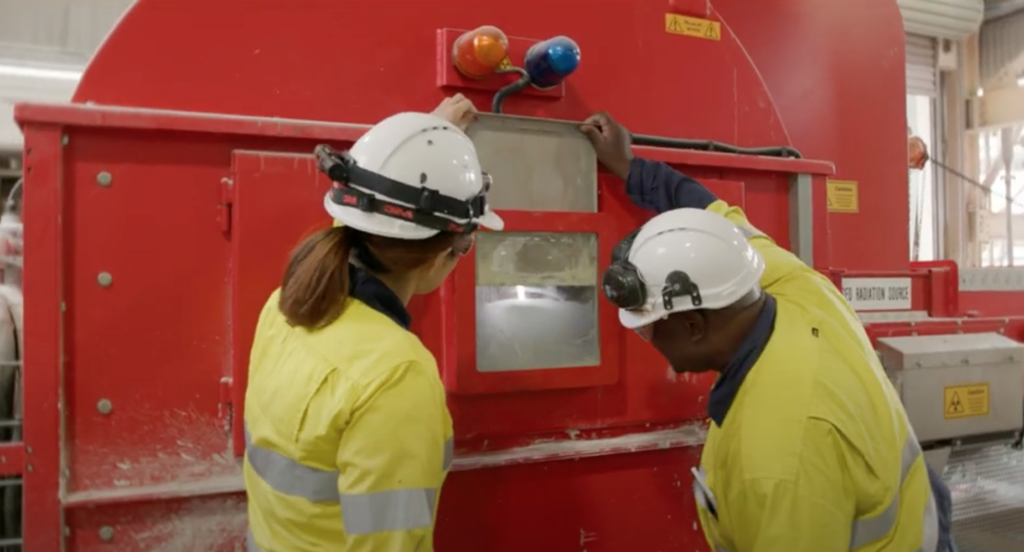
Look, I know that there are different factors to consider in business, and I don’t know all the reasons behind Tesla’s change. However, the first thing that came to mind when I saw that Tesla had changed the free color for a new car from white to dark grey was that it was a bad move for the climate. Perhaps that’s not what jumped out to everyone else, but having covered cleantech and climate change professionally for approximately 14 years, this came to mind immediately. That said, after further consideration, I don’t actually know what the climate implications of the change are. Let me explain. …
As you may have seen, there’s been a lot of research showing that white roofs can help cool down urban environments and even the climate a bit. It’s a simple solution with a lot of impact. We wrote about this solution at least as far back as 2011 when Bill Clinton was urging people with dark roofs to paint them white, and I personally wrote about it in 2012 when it was found that white roofs cooled NYC apartments a great deal. More recently, last month, Steve covered research highlighting the benefits of white roofs.
So, with that logic in mind, it seems that white cars would offer similar heat and climate benefits, right? Well, as someone who lives in Florida, I can tell you that having the white paint and white seats on a Tesla Model 3 makes the car faaaaaaaaar cooler than a Model 3 with dark grey paint and black seats. I had one of the latter for half a day and could not believe how much hotter it was. Needless to say, purely for comfort, I’d never want a dark car with dark seats in Florida.
However, something else came to mind as I came to write this article. What about cold climates? You probably want to absorb heat and avoid having to use the heater as much in cold climates, so you may want dark colors there. However, with little sunshine in the cold, how much does the darker color actually help to absorb heat? Also, generally speaking, research recommends white roofs for less heat and lower CO2 emissions, and as you may have noticed above, NYC is not in the South. For sure, the white colors are even better for the south, and it is indeed warm and sunny states that lead Tesla sales in the US — California, Florida, and Texas. So, overall, I still think that changing the “free” color from white to dark grey is a bad move climate-wise. A lot of people will simply choose the cheapest color — I’ve heard numerous people say that about their purchases.
What do you say? Is changing from white to “Midnight Silver” (dark grey) a bad move at a time when we keep seeing record-hot days? Or is it not a big deal and I’m being a bit extreme here?
Also, more broadly, did Tesla make the change because there are soooooooo many white Teslas on the roads now (there are in Florida) and Tesla/Elon Musk is concerned that they’re getting too common and — dare we say — boring? Or are there other benefits to switching to “Midnight Silver” and giving white the shaft?
Update: I realized after publishing that people might like to know how much extra it costs to get a color other than grey (Midnight Silver Metallic). So, in the US, these are the extra costs for different colors for the Model 3 or Model Y:
- White (Pearl White Multi-Coat) — $1000
- Blue (Deep Blue Metallic ) — $1000
- Black (Solid Black) — $1500
- Red (Red Multi-Coat) — $2000
The Model S and Model X have higher prices for the non-free colors. But, honestly, if you are buying a Model S or Model X, I don’t think a couple thousand dollars really matters to you.
I don’t like paywalls. You don’t like paywalls. Who likes paywalls? Here at CleanTechnica, we implemented a limited paywall for a while, but it always felt wrong — and it was always tough to decide what we should put behind there. In theory, your most exclusive and best content goes behind a paywall. But then fewer people read it! We just don’t like paywalls, and so we’ve decided to ditch ours. Unfortunately, the media business is still a tough, cut-throat business with tiny margins. It’s a never-ending Olympic challenge to stay above water or even perhaps — gasp — grow. So …



